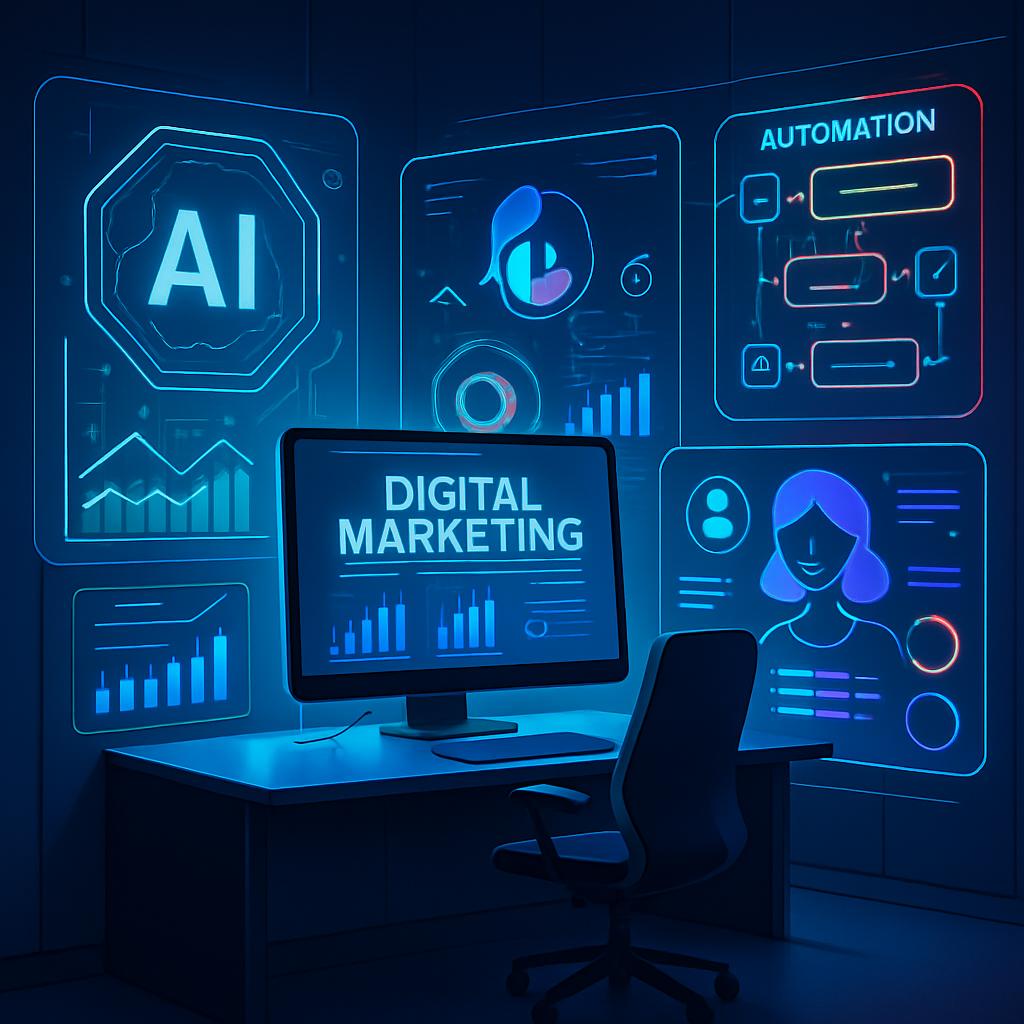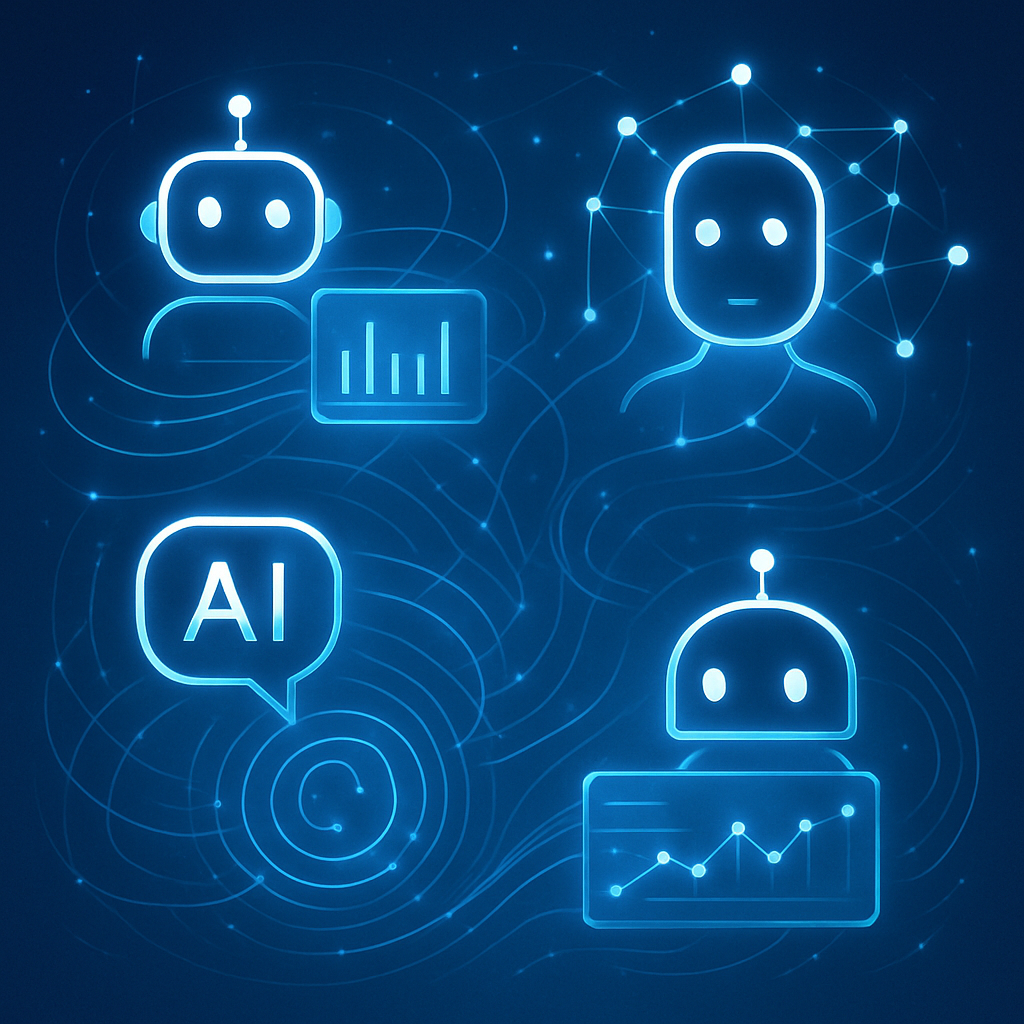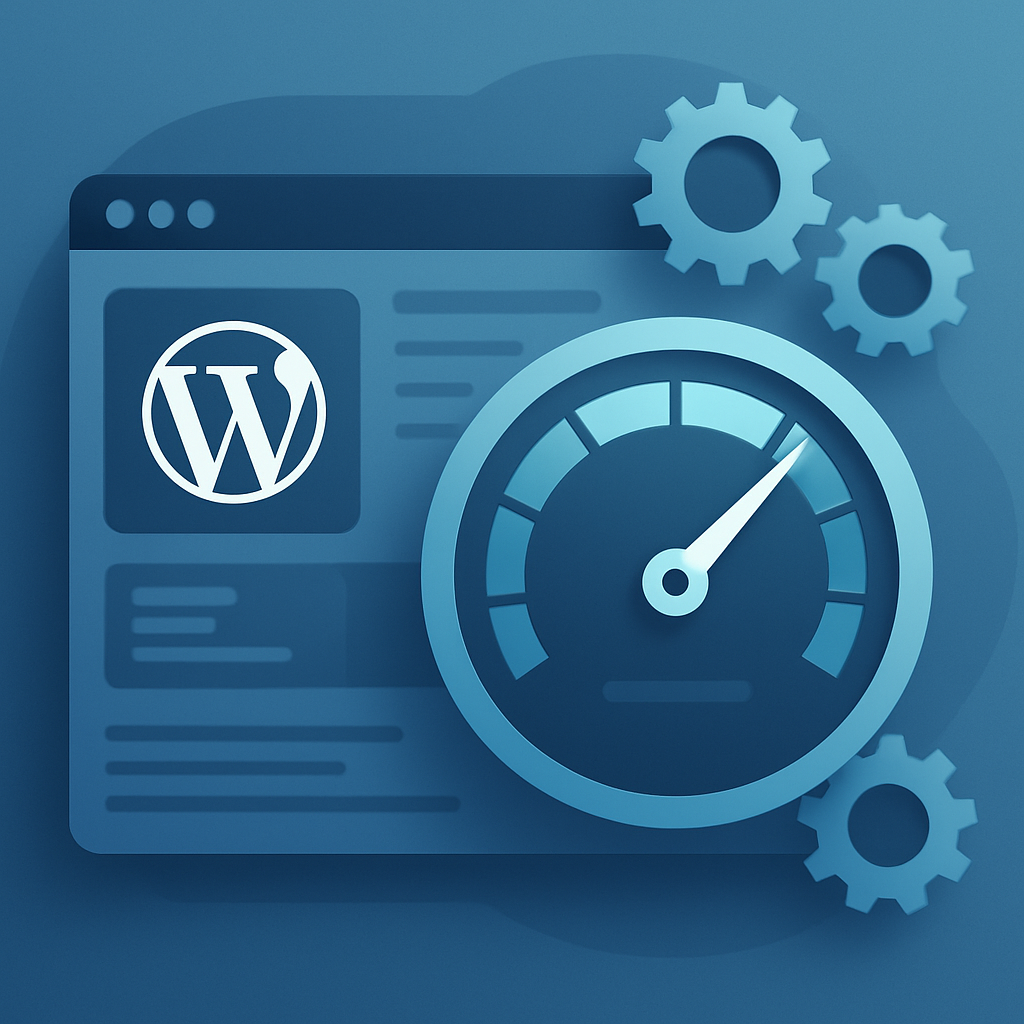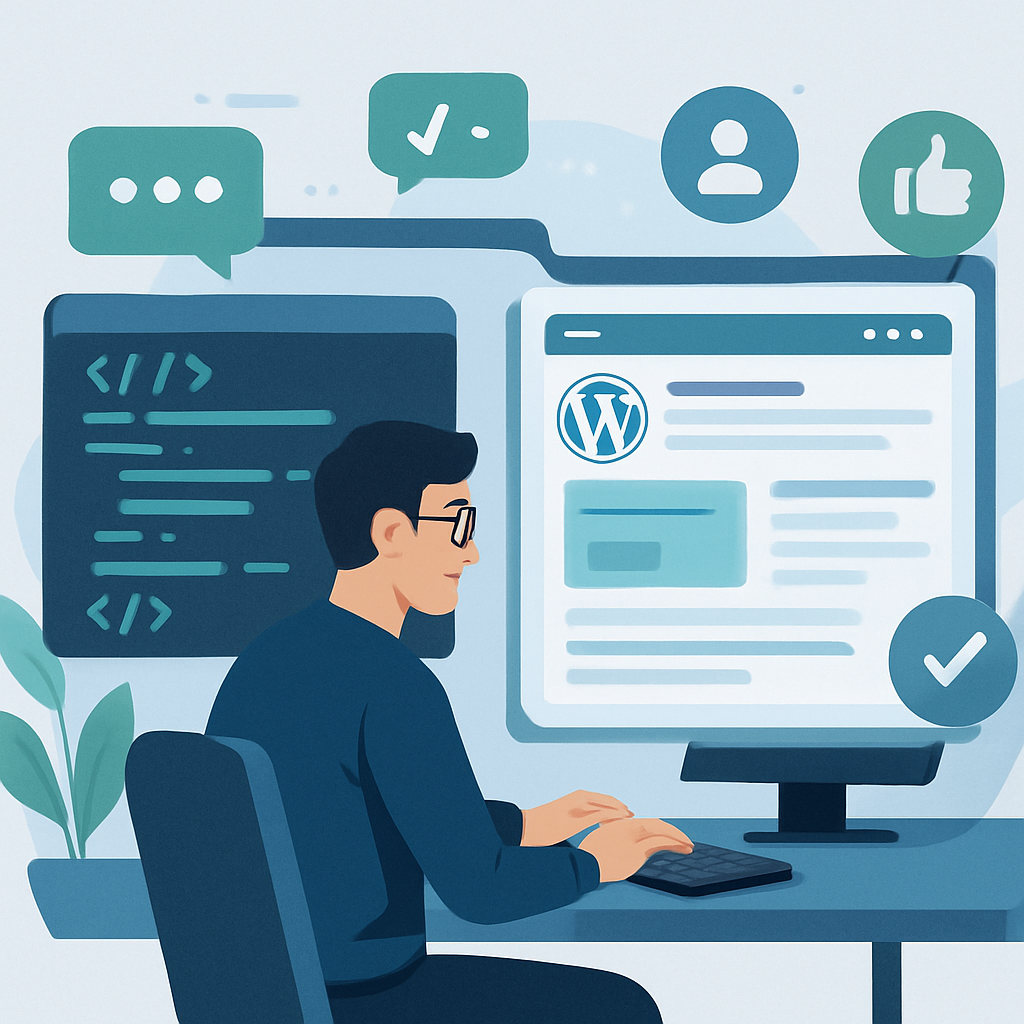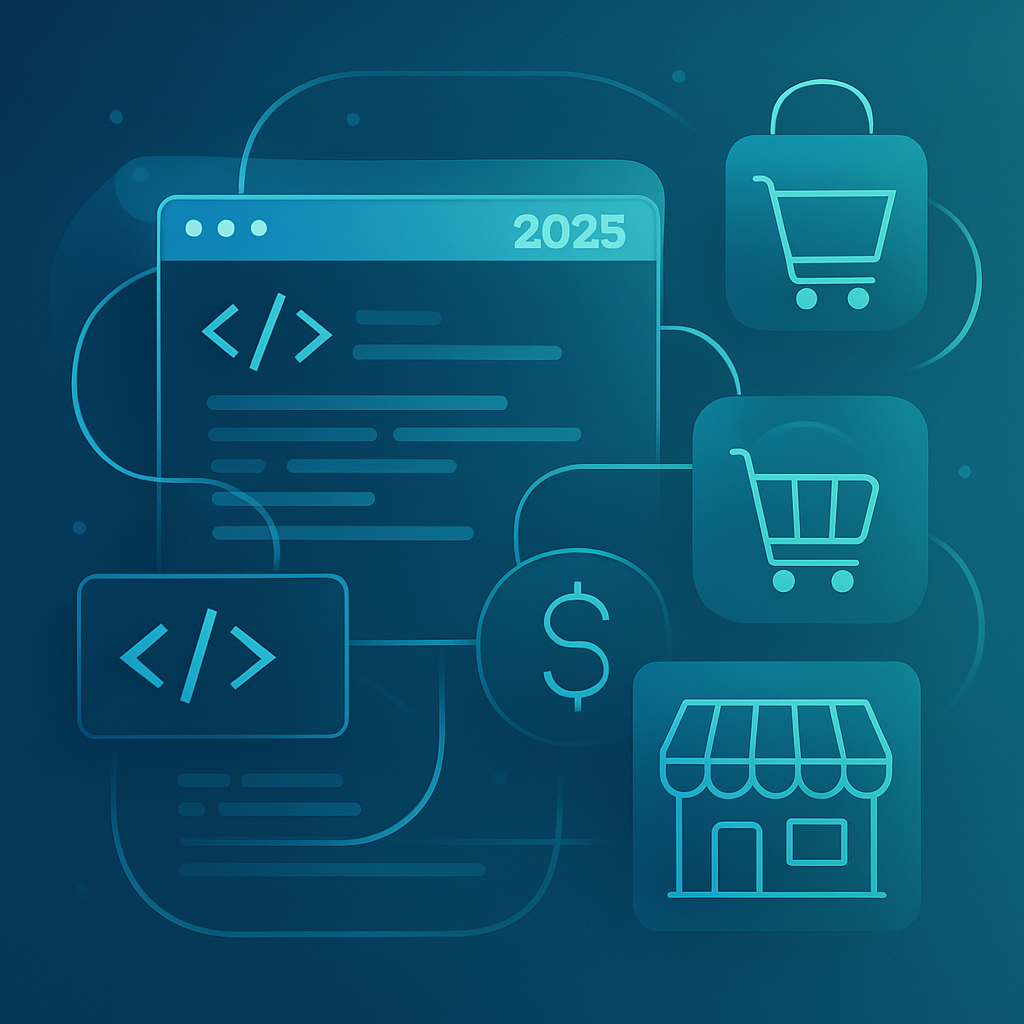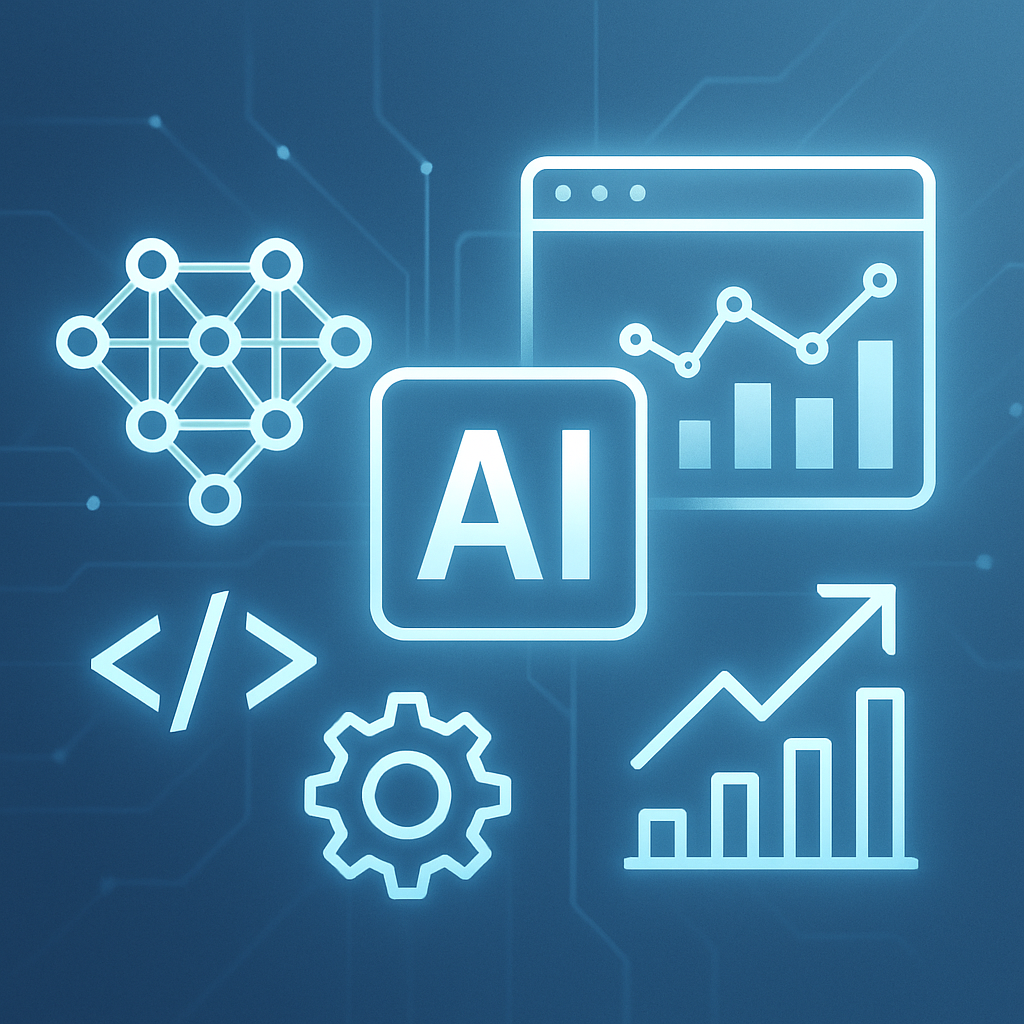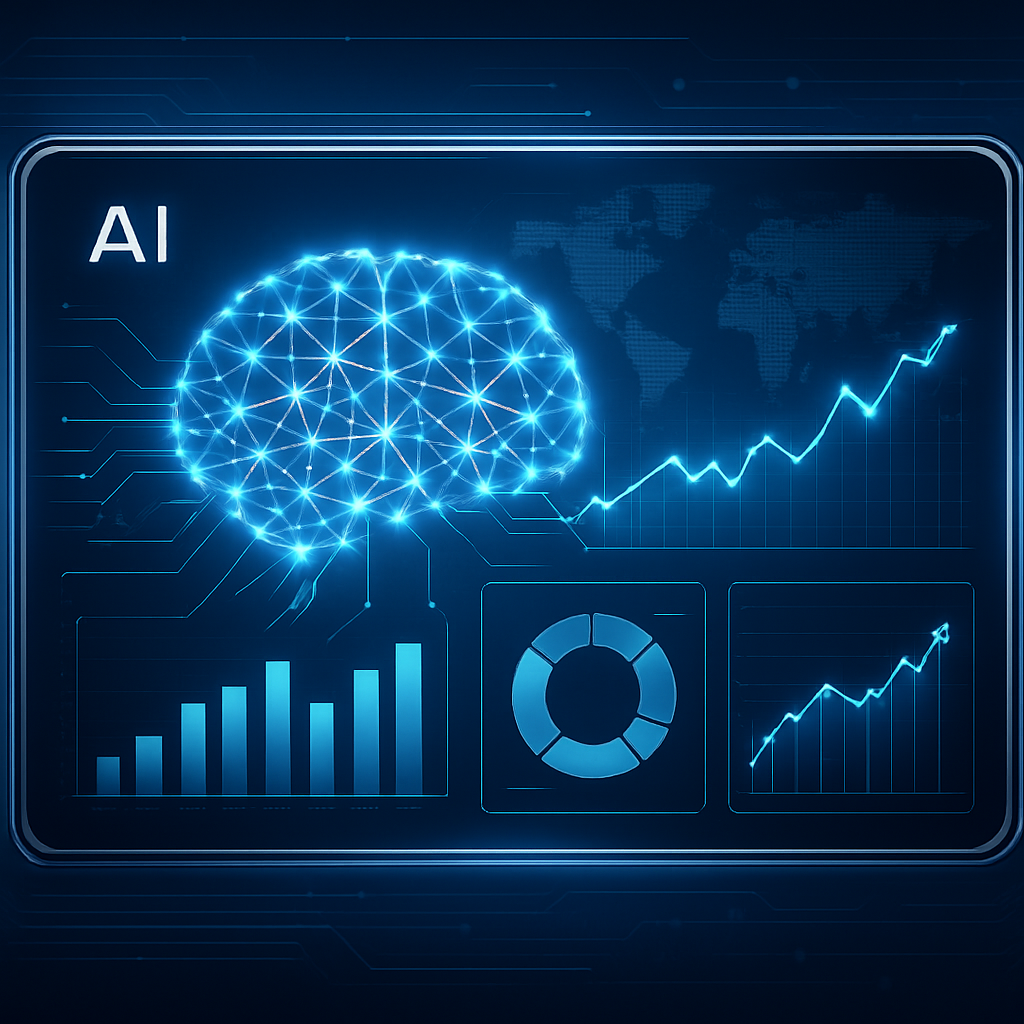
How AI-Driven Predictive Analytics Is Shaping Business Strategy
Introduction to AI-Driven Predictive Analytics in Business
In 2025, artificial intelligence (AI) continues to forge new frontiers in business strategy, particularly through predictive analytics. This blend of data science and AI technologies empowers companies to anticipate market trends, consumer behavior, and operational outcomes with unprecedented accuracy. The synergy between an ai’s analytical capabilities and business insights is driving a revolution in how strategic decisions are made.
Understanding the Power of Predictive Analytics
Predictive analytics uses historical data, machine learning algorithms, and statistical techniques to forecast future events. When enhanced by AI, this process becomes dynamic and adaptive, allowing businesses to interpret complex data patterns, detect subtle correlations, and continuously refine predictions as new data arrives.
AI’s Role in Transforming Analytics
The integration of AI transforms predictive analytics from static forecasting into a proactive strategy tool. Unlike traditional analysis, AI-driven systems process vast datasets from diverse sources—social media, IoT devices, CRM systems—and learn evolving market dynamics in real time. This ability not only accelerates insights but also improves their precision.
Key Domains Impacted by AI-Driven Predictive Analytics
1. Market and Consumer Insights
An AI application example is dynamic market segmentation. AI models analyze purchasing patterns, preferences, and external variables like seasonality or economic shifts. For instance, an AI platform used by a global retailer in early 2025 identified emerging consumer demand for sustainable products weeks before competitors recognized the trend, enabling early product development and targeted marketing.
2. Risk Management and Financial Forecasting
AI models dive deep into financial data to predict credit default risks or market volatilities. A multinational insurance firm recently employed an AI system to predict claimant behaviors, optimizing policy pricing and reserving. This predictive capability sharply reduced unexpected losses and enhanced stakeholder confidence.
3. Supply Chain Optimization
Inventory and logistics benefit immensely from AI-driven forecasting. A manufacturing conglomerate integrated AI predictive analytics to foresee parts shortages and reorder points, seamlessly blending supplier data with market demand forecasts. The result was a 20% reduction in holding costs alongside improved delivery times.
Innovative Use Cases in 2025
Harnessing Real-Time Sentiment Analysis
Combining natural language processing with predictive modelling, companies analyze real-time consumer sentiment from social channels. A tech startup recently deployed such AI capabilities to anticipate product launch reception, adjusting marketing campaigns instantly to maximize impact.
Enhancing Talent Management Through Predictive Insights
Human resources leverage AI analytics to predict employee turnover risks and identify high-potential candidates. Using complex models considering performance metrics, engagement surveys, and external labor trends, businesses craft tailored retention strategies, reducing churn by measurable margins.
Challenges and Considerations
Data Quality and Ethical Use
The potential of predictive analytics hinges on data integrity. Biased, incomplete, or outdated data threatens flawed predictions. Businesses must establish robust data governance frameworks and ethical AI use policies, ensuring transparency, privacy, and fairness remain paramount.
Balancing Human Judgment and AI Insights
While AI supplies powerful foresight, strategic decision-making still demands human intuition and contextual understanding. Effective enterprises cultivate a collaborative environment where AI insights augment leadership, rather than replace it.
The Future Outlook: Synergizing AI and Business Strategy
The continuous evolution of an AI’s cognitive abilities will unlock even more nuanced predictive analytics. Emerging trends in explainable AI are enhancing trustworthiness and interpretability of AI forecasts, enabling strategic leaders to confidently rely on these tools.
Moreover, integrating AI-predicted scenarios into dynamic business simulations and planning will accelerate agility, allowing companies not just to react to the future, but to actively shape it.
Conclusion
AI-driven predictive analytics represents a transformative shift in strategic decision-making. By harnessing advanced AI capabilities, businesses unlock powerful foresights, optimize operations, and create sustainable competitive advantage. As the technology matures, the blend of human creativity with AI’s analytical prowess will redefine how companies navigate the complexities of modern markets. In 2025, understanding and leveraging this synergy between business and ai is no longer optional—it is imperative for visionary leadership and enduring success.
